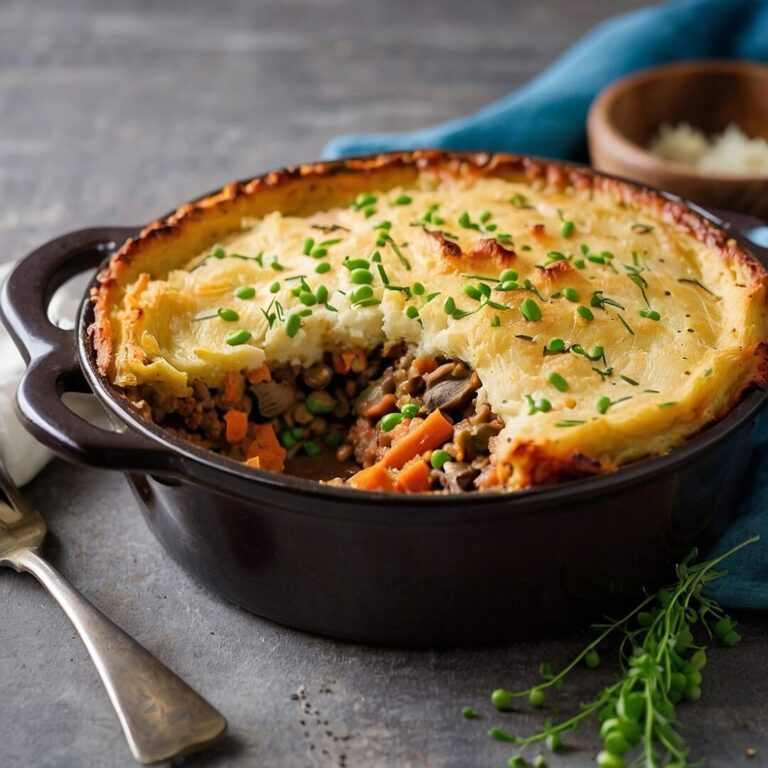
Reducing sodium in your meals doesn’t mean sacrificing flavor. With the right ingredients, you can recreate your favorite dishes while keeping sodium levels in check. Let’s explore some low-sodium swaps for popular meals that bring out the best in food without relying on added salt.
1. Pasta Dishes
Swap Out: Regular pasta sauces, which can contain high sodium levels due to salt and preservatives.
Low-Sodium Swap: Make a fresh tomato sauce at home using ripe tomatoes, garlic, and herbs like basil and oregano. You can add depth by roasting the tomatoes beforehand. For a creamy alternative, use a low-sodium cream sauce with fresh herbs and unsalted butter. Try zucchini noodles or whole-wheat pasta for added fiber and a more nutritious base.
2. Tacos and Burritos
Swap Out: Pre-made taco seasoning packets, which can contain up to 300-500 mg of sodium per serving.
Low-Sodium Swap: Make your own taco seasoning with chili powder, cumin, paprika, and garlic powder. Use fresh vegetables as toppings, like diced tomatoes, shredded lettuce, and avocado, instead of salty cheese and sour cream. For the protein, try grilled chicken or seasoned tofu, using herbs and spices to bring out the flavor.
3. Fried Rice
Swap Out: Soy sauce, which contains around 800 mg of sodium per tablespoon.
Low-Sodium Swap: Use low-sodium soy sauce, or even better, switch to coconut aminos, which have a similar flavor profile but are lower in sodium. Add flavor with fresh garlic, ginger, and green onions, and load your fried rice with colorful vegetables like bell peppers, carrots, and peas for texture and freshness.
4. Pizza
Swap Out: Regular pizza dough and sauces, which can be high in sodium.
Low-Sodium Swap: Opt for homemade pizza dough with minimal salt, or try a cauliflower crust for a nutritious alternative. Use a low-sodium tomato sauce or blend fresh tomatoes with garlic and basil for a DIY sauce. Top with fresh mozzarella, which is lower in sodium than processed cheeses, and finish with basil, spinach, and other fresh toppings.
5. Salad Dressings
Swap Out: Bottled dressings, which often contain preservatives and high sodium levels.
Low-Sodium Swap: Make a simple vinaigrette at home using olive oil, vinegar (balsamic or apple cider), and fresh herbs. Add lemon juice, garlic, or a dash of Dijon mustard for depth without extra sodium. For creamy dressings, blend avocado with lemon juice, olive oil, and herbs for a heart-healthy alternative.
6. Soup
Swap Out: Canned soups, notorious for their high sodium content.
Low-Sodium Swap: Prepare soups at home using fresh vegetables and unsalted broth. You can make a flavorful broth by simmering vegetables, garlic, and herbs. Roasting vegetables before adding them to the soup brings out their natural flavors, reducing the need for added salt.
7. Snacks
Swap Out: Chips and pretzels, which are typically loaded with salt.
Low-Sodium Swap: Swap chips for baked veggie crisps made from kale, sweet potatoes, or zucchini. For a crunchy snack, try air-popped popcorn with a sprinkle of nutritional yeast, garlic powder, or smoked paprika for flavor.
8. Sandwiches and Burgers
Swap Out: Processed deli meats, which are packed with sodium.
Low-Sodium Swap: Use fresh grilled chicken, turkey, or roasted veggies like mushrooms and bell peppers as sandwich fillers. Season with fresh herbs or spices instead of reaching for salty condiments. Try whole-grain bread options with lower sodium content, and pile on fresh ingredients like arugula, avocado, and tomatoes.
Tips for Flavorful, Low-Sodium Cooking
- Herbs and Spices: Fresh herbs like basil, cilantro, and rosemary bring natural flavor, while spices like cumin, paprika, and turmeric add depth.
- Citrus and Vinegars: Lemon, lime, and different types of vinegar (balsamic, apple cider) brighten flavors and reduce the need for salt.
- Roasting and Searing: Cooking techniques like roasting, searing, and grilling enhance the natural taste of foods, making them richer and more flavorful without added salt.
With a few simple swaps and creative seasoning, you can enjoy all your favorite meals in a heart-healthy, low-sodium way. Experiment with these ingredients, and you’ll find that flavorful, low-sodium cooking can be both satisfying and easy to achieve.






